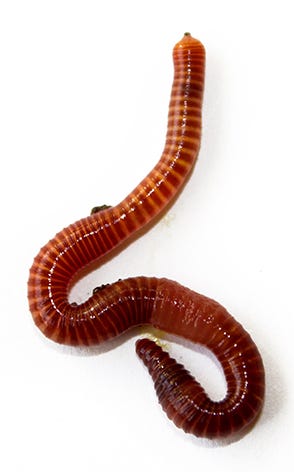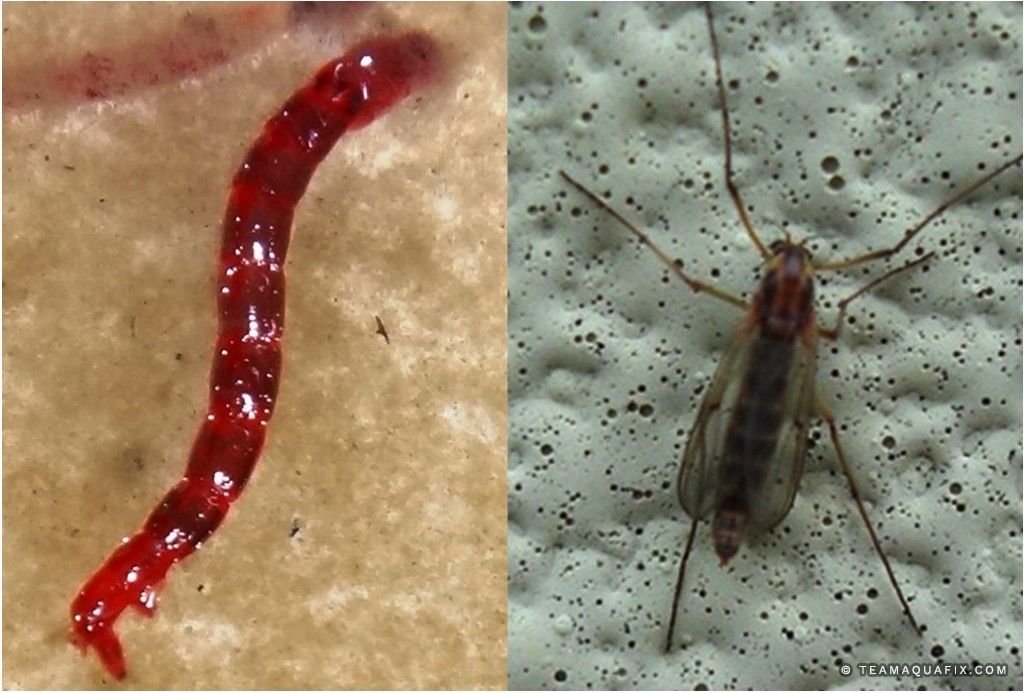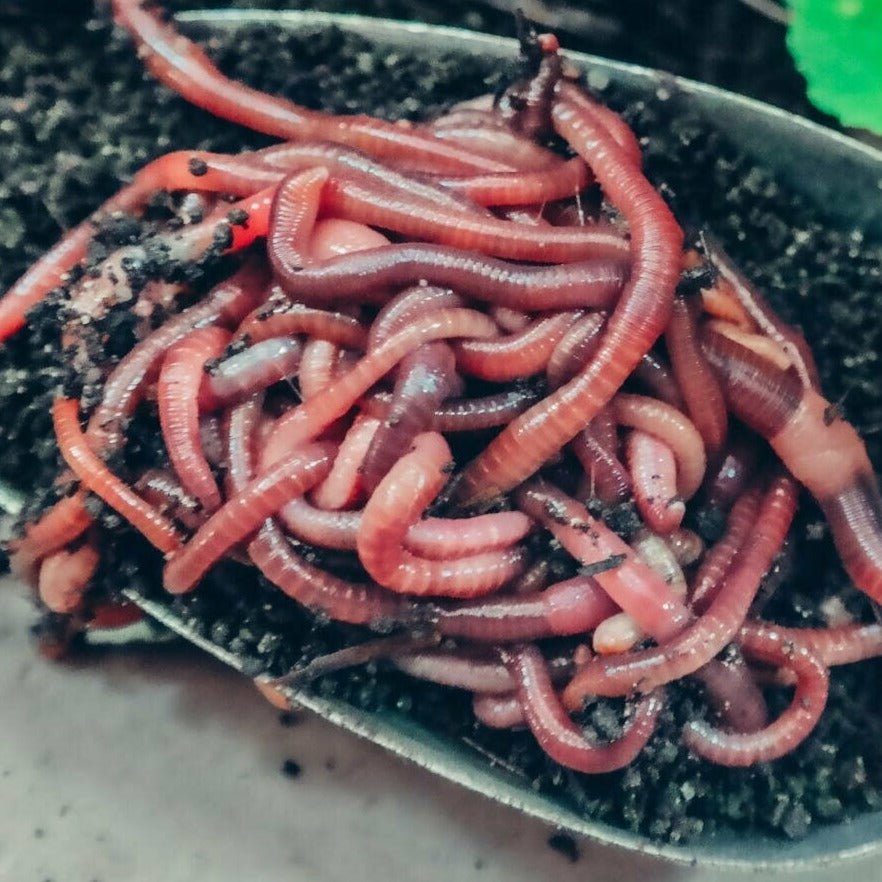Healthy red worms: How to start composting
The Duty of Red Wigglers in Sustainable Gardening
The assimilation of red wigglers into lasting horticulture methods offers an engaging strategy to boosting dirt wellness and reducing organic waste. These microorganisms not only transform kitchen area scraps right into nutrient-dense compost through vermicomposting but likewise aerate the dirt, advertising optimal problems for plant development. As they damage down facility organic materials, they proactively cultivate a growing microbial environment essential for sustainable farming. However, the implications of using red wigglers prolong beyond simple composting; their duty fit a more lasting future warrants a deeper exploration of their benefits and practical applications.
Recognizing Red Wigglers
Red wigglers, clinically called Eisenia fetida, are a species of earthworm renowned for their duty in lasting gardening and composting techniques - red wigglers. These worms thrive in disintegrating natural matter, making them particularly reliable in transforming kitchen area scraps and backyard waste into nutrient-rich compost. Unlike traditional earthworms, red wigglers have a greater resistance for varying dampness levels and can flourish in settings with abundant natural product
(red wiggler worms)Classically, red wigglers are smaller than their earthworm counterparts, normally gauging in between 3 to 4 inches in size. They possess a reddish-brown pigmentation and have a segmented body structure that aids in their burrowing and feeding tasks. These microorganisms are hermaphroditic, suggesting each individual has both male and female reproductive organs, which allows for reliable population development under optimal problems.
The environment choices of red wigglers consist of moist, dark settings abundant in natural web content, such as compost bins or worm ranches. Their eco-friendly role extends past composting; they are integral in aerating the dirt and assisting in nutrition biking, which eventually adds to much healthier garden ecological communities. red wigglers. Comprehending the biology and behavior of red wigglers is necessary for those seeking to apply reliable vermicomposting in sustainable horticulture
Benefits of Vermicomposting
Vermicomposting deals various benefits that boost lasting horticulture techniques and add to environmental wellness. Among the main advantages is the change of organic waste right into nutrient-rich garden compost, which boosts soil framework and fertility. The castings generated by red wigglers are packed with helpful microorganisms and important nutrients, making them an excellent natural fertilizer.
Additionally, vermicomposting substantially decreases land fill waste. By drawing away kitchen scraps and lawn waste from land fills, this technique not only reduces methane discharges-- a powerful greenhouse gas-- but likewise advertises a round economy, where waste is repurposed as a source.
Another advantage is the improvement of soil aeration and water drainage (red wigglers). The burrowing activity of red wigglers produces networks in the soil, permitting air and water to pass through even more conveniently, hence fostering a healthier root system for plants
In addition, vermicomposting can be done on a tiny range, making it accessible for urban gardeners and those with restricted space. This approach motivates ecological stewardship and recognition, as people come to be extra involved with their waste administration methods. Eventually, vermicomposting represents a lasting, effective, and eco-friendly approach to gardening that profits both plants and the earth.
Just How to Begin Vermicomposting
Beginning your own vermicomposting system can be a rewarding venture that enhances your sustainable gardening techniques. To start, choose a proper container, such as a plastic you could try here container or wooden box, with good water drainage and ventilation. The size will certainly rely on the quantity of kitchen scraps you generate; a bin of 10-14 gallons generally is sufficient for a family.
Following, prepare the bed linen material. Shredded newspaper, cardboard, and coconut coir are superb alternatives, giving a comfortable habitat for the red wigglers. Aim for a bed linen depth of about 4-6 inches, which ought to be damp yet not soggy.
When the bedding is developed, present your worms. Red wigglers (Eisenia fetida) are one of the most suitable for composting. Start with roughly one extra pound of worms for every single 2-3 pounds of cooking area scraps weekly.
Begin adding kitchen area waste, staying clear of meat, milk, and oily foods, as these can draw in parasites and create odors. Consistently keep track of the bin's dampness levels and temperature, ensuring it stays within the excellent range for worm activity. With these preliminary steps, you'll be well on your method to developing nutrient-rich garden compost for your yard.
Preserving a Healthy Worm Container
A thriving worm bin requires consistent treatment and interest to maintain an optimum atmosphere for the red wigglers. Trick variables to keep track of include wetness degrees, temperature, and food supply. Maintaining a moisture degree comparable to a wrung-out sponge is essential; also much water can result in anaerobic conditions, while insufficient can dry out the worms.
Temperature level is likewise crucial, as red wigglers grow in a variety of 55 to 77 levels Fahrenheit. Severe temperatures can worry the worms, potentially resulting in mortality. Therefore, positioning the bin in a climate-controlled area or using shielding materials can aid control temperature variations.

Finally, aeration is vital. Routinely transforming the bed linen and using a fork or shovel can stop compaction and advertise airflow, guaranteeing a healthy, thriving setting for the red wigglers. By adhering to these practices, garden enthusiasts can keep a productive worm container that sustains sustainable gardening initiatives.
Effect On Dirt Health And Wellness
Enhancing dirt health and wellness through the usage of red wigglers is an essential element of lasting horticulture. By taking in natural matter, red wigglers damage down complex materials into simpler substances, a procedure understood as vermicomposting.

(Lenoir Worm Farms)Researches have actually revealed that dirts enhanced with worm castings exhibit enhanced microbial task and enhanced fertility, causing higher plant yields. By integrating red wigglers into horticulture techniques, gardeners not just enrich their soil yet additionally add to an extra lasting agricultural system, highlighting the interconnectedness of dirt health and wellness and ecological stewardship.

Conclusion
To conclude, red wigglers considerably add to lasting gardening via their effective vermicomposting methods. Their capacity to convert natural waste right into nutrient-rich compost boosts soil fertility and supports a varied microbial ecological community. Their burrowing task improves soil oygenation and water retention, profiting plant wellness. By promoting waste reduction and promoting a circular economy, red wigglers become important elements in green horticulture efforts, underscoring their vital function in ecological sustainability.